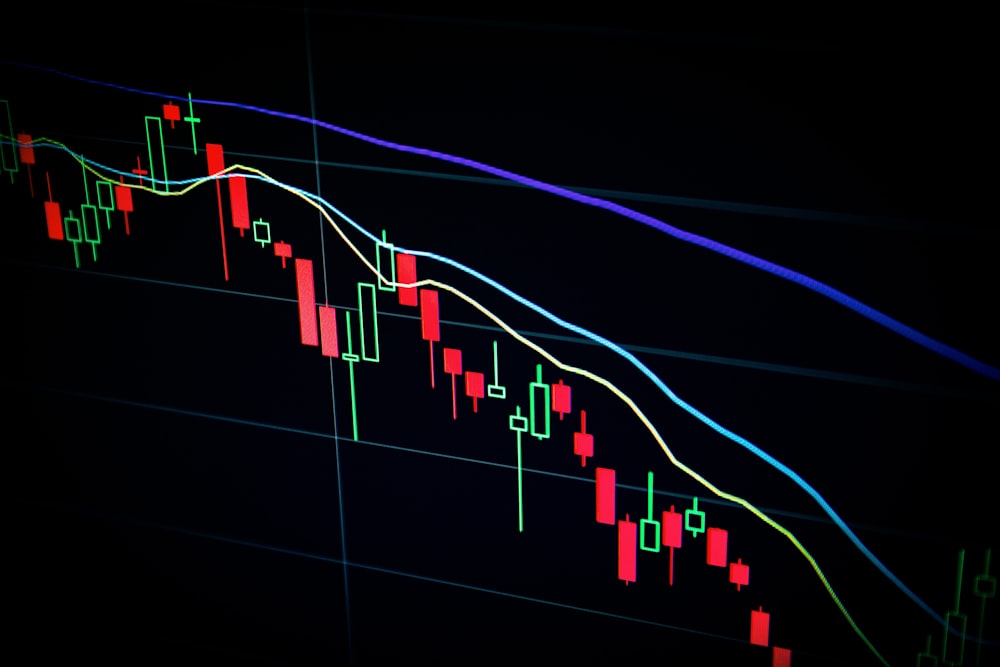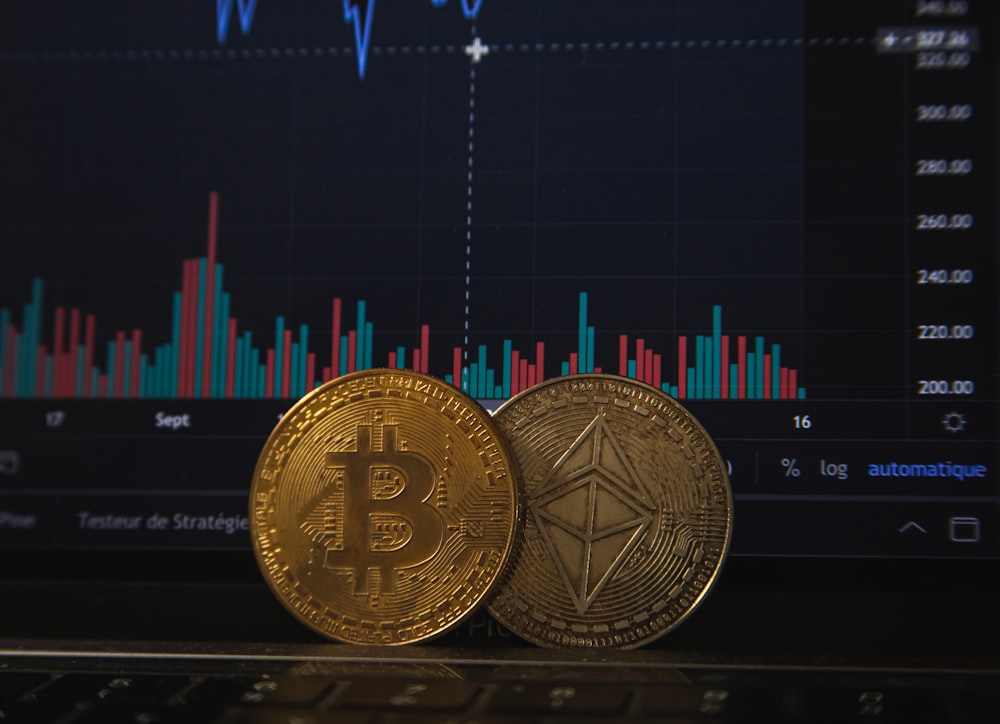The creators of Loopring (LRC) hope to cash in on the cryptocurrency trading boom by offering scalability. In addition, Loopring claims to offer a solution to the blockchain scalability problem.
To explain, most blockchains are not scalable because of small capacity. Blockchains’ capacity to process transactions are limited by all the security and encryption.
For example, Coinbase estimates Ethereum (ETH) can only process 15 transactions per second (TPS). Hence, an Ethereum platform could crash if it tries to process over 15 transactions at once.
Consequently, many businesses and exchanges cannot use Ethereum because they need to process dozens or hundreds of transactions a second. For example, a decentralized exchange (DEX) could need to process several hundred trades minute.
Is Loopring Scalable?
They designed the Loopring protocol to solve that problem. To elaborate, Loopring (LRC) is an open outsourced and payment protocol built to make exchanges scalable.
They claim the Loopring Protocol can settle up to 2,025 trades a second. Hence, a decentralized exchange that adds Loopring could process several hundreds trades a second. In addition, they claim Loopring guarantees the same level of security as the underlying Ethereum blockchain.

Hence, the Loopring Protocol is an extra layer developers add to the Ethereum blockchain to make exchanges scalable. In contrast, Loopring claims current Ethereum protocols can only process two or three trades a second. Hence, exchanges that use those protocols could crash if they try to process over three trades a second.
What Value Does Loopring Offer?
I think demand for Loopring (LRC) could be high because of the cryptocurrency market’s phenomenal growth. For example, Valuates estimates the global cryptocurrency market could grow from $1.49 billion in 2020 to $4.94 billion in 2030.
In contrast, Statista estimates the global Market Capitalization for all cryptocurrencies grew to $2.209 trillion on 13 January 2022, Statista estimates. The total Market Capitalization for cryptocurrencies grew from $235.12 billion on 15 January 2020 and $935.36 billion on 13 January 2021.

Thus, the cryptocurrency market is enormous and growing. In addition, new blockchain investments such as stablecoins, nonfungible tokens (NFTs), and synthetic investments keep appearing.
Therefore, I predict business at blockchain exchanges will boom. That will create more demand for solutions such as the Loopring Protocol. Exchanges will need solutions such as Loopring because they will need to process hundreds or thousands of trades in a second. Thus, the market for Loopring could be enormous.
What is Loopring (LRC) worth?
Mr. Market assigns some value to Loopring (LRC). For example, CoinMarketCap listed Loopring as the 65th largest cryptocurrency on 27 January 2022.
CoinMarketCap gave Loopring (LRC) a 95.99₵ Coin Price, a $1.263 billion Market Cap, a $334.746 million Fully Diluted Market Cap,, and a 24-Hour Market Volume of $351.557 million on 27 January 2022. They based those numbers on a Circulating Supply of 1.338 billion LRC, a Maximum Supply of 1.375 billion LRC, and a Total Supply of 1.375 billion LRC.
In contrast, Coinbase gave Loopring a 95₵ Coin Price, a $1.3 billion Market Capitalization, and a $355.2 million 24-Hour Market Volume. They based those numbers on a Circulating Supply of 1.3 billion LRC.
Thus, Loopring is a cryptocurrency with some value that offers a product for which there could be enormous demand. Speculators who want a cryptocurrency that could grow with the market need to examine Loopring (LRC).
Originally published at https://marketmadhouse.com on January 27, 2022.










